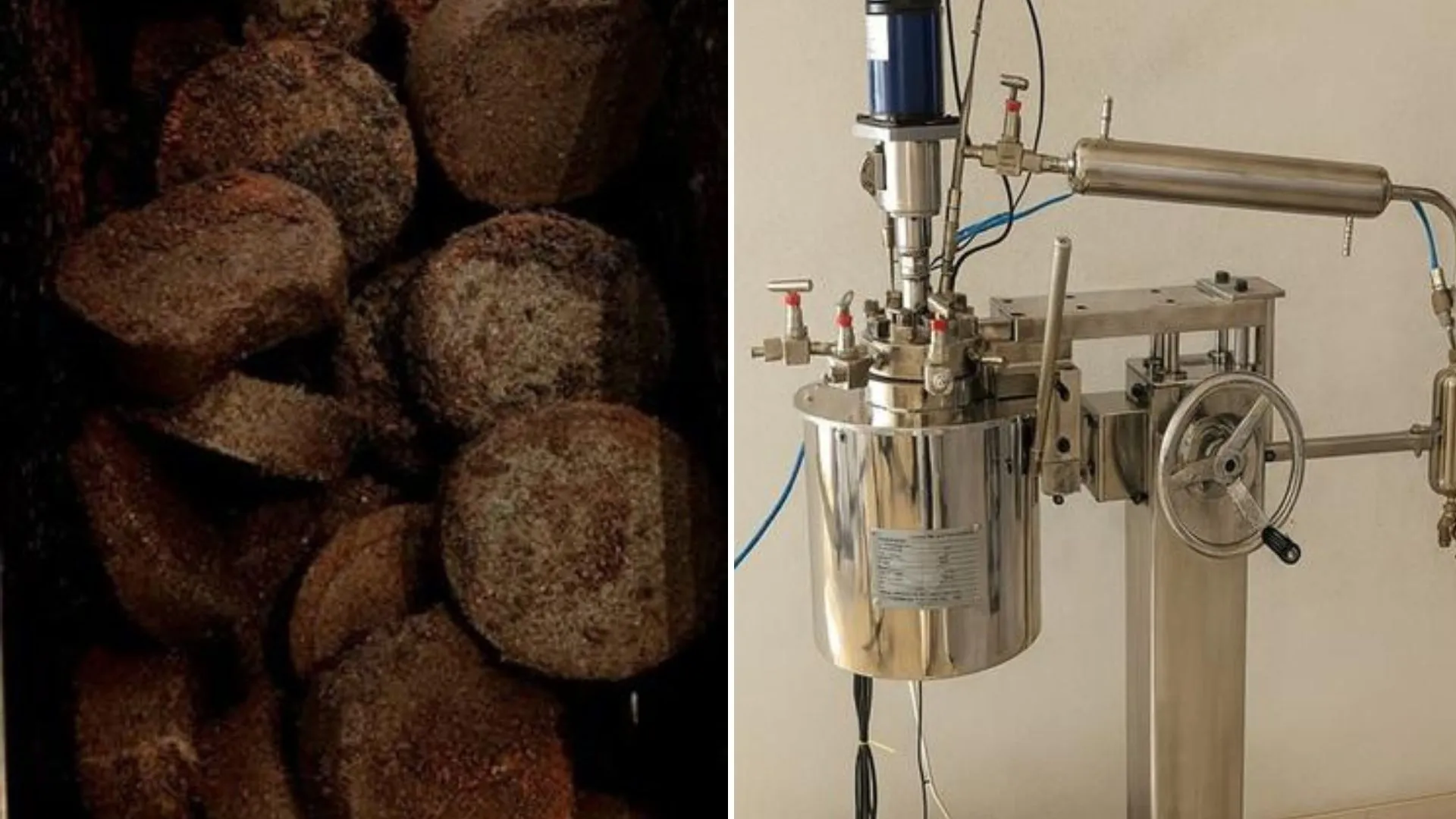
A newly patented technology has been designed to achieve two major environmental goals: capture carbon dioxide from industrial emissions and manage growing amounts of waste.
Designed by the University of Sharjah in the UAE, the innovation repurposes spent coffee grounds (SCG) and polyethylene terephthalate (PET) plastic.
It could help reduce environmental pollution and curb emissions by transforming these common waste materials into a powerful CO2 adsorbent.
The team filed for the patent in March 2025 and announced this development on October 6.
“What begins with a Starbucks coffee cup and a discarded plastic water bottle can become a powerful tool in the fight against climate change through the production of activated carbon,” said Dr. Haif Aljomard, lead inventor of the newly patented CO₂ capture technology.
Dual-purpose technology
The environmental benefits of this invention are huge.
Carbon dioxide (CO2) is a primary greenhouse gas that drives global warming and endangers both the environment and human health.
Hence, there is an urgent need for effective and sustainable technologies to capture and reduce CO2 emissions from major sources like fossil fuel combustion and industrial processes.
The newly patented method does so while also championing sustainable waste management.
Polyethylene terephthalate (PET) is a common plastic, with more than 82 million metric tons manufactured worldwide each year for products like bottles and clothing. PET stands out as a colossal source of plastic waste.
On the other side, global coffee consumption results in a monumental 10 billion kilograms of waste yearly — almost all of it pollutes landfills and emits greenhouse gases.
Interestingly, the innovation tackles both waste streams together.
The core of the patented technology lies in the synthesis of high-performance activated carbon from these waste materials
Researchers combine PET plastic and coffee waste with potassium hydroxide (KOH) to create a material highly effective at capturing CO2.
The process depends on co-pyrolysis — a controlled heating process — of the spent coffee grounds and PET plastic waste, conducted at an eco-friendly temperature of 600°C. Potassium hydroxide serves as the essential activating agent in this transformation.
The synthesized activated carbon acts as a medium for CO2 to be adsorbed onto its surface.
“This invention repurposes two abundant waste streams—coffee and plastic—into a high-performance adsorbent,” Aljomard said.
“The resulting activated carbon shows strong potential for capturing CO₂ from fossil fuel-based energy systems, contributing to the reduction of air pollution,” Aljomard added.
Sustainable solution for industries
The new method successfully produces activated carbon with an impressive CO2 adsorption capacity.
This high performance makes the material highly suitable for diverse industrial applications that require efficient carbon capture.
Furthermore, the low production costs, attributed to the affordability and availability of the raw materials, enhance its economic viability.
“Transforming spent coffee grounds and plastic waste into high-quality activated carbon offers economic, social, and environmental benefits,” said Professor Chaouki Ghenai, co-inventor and a specialist in Sustainable and Renewable Energy at the university.
“Through carbonization and chemical activation, we eliminate the need to landfill these materials, protecting the environment from their harmful effects,” Ghenai added in the press release.
The researchers are highly confident that, once deployed industrially, their patented technology will excel at removing contaminants and pollutants in many environments.
It could offer a sustainable solution for water and air purification, food processing, chemical engineering, and energy systems.